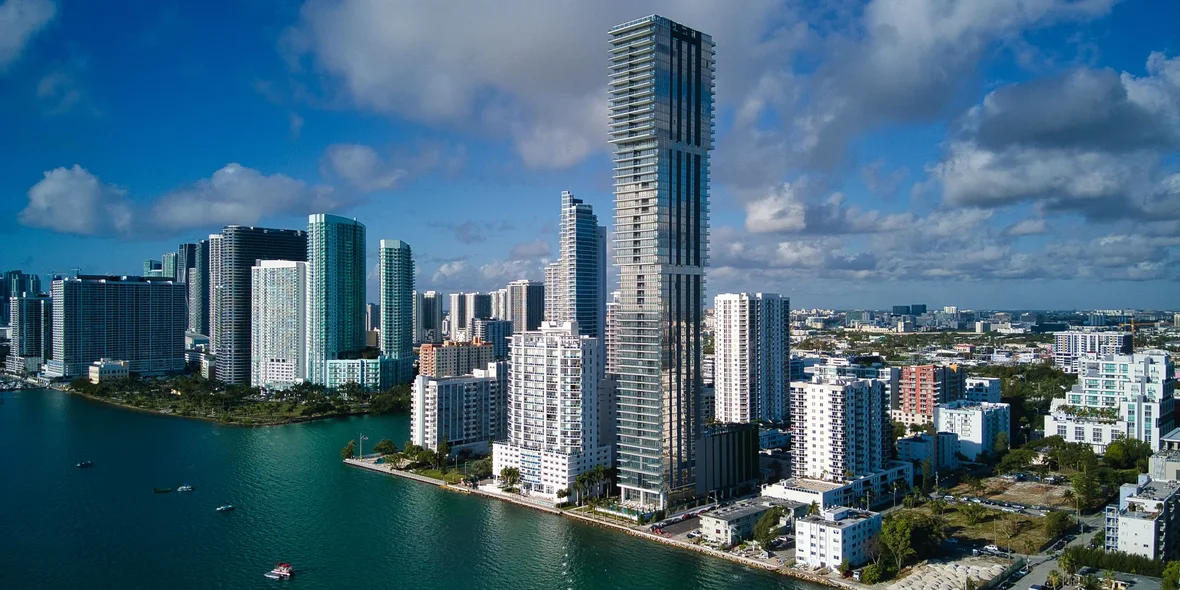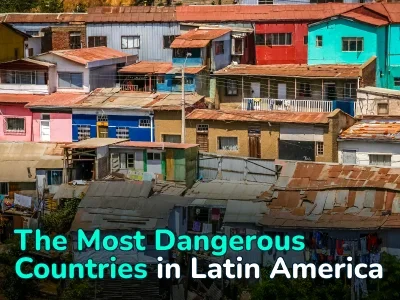
The Housing Bubble in These Cities Could Burst. TOP 10 Riskiest Cities in the World in 2024
Which cities in the world are most at risk of a real estate bubble? Swiss financial holding UBS has once again conducted a large study, the Global Real Estate Bubble Index. In 2024, it showed that despite the overall reduction in risks, there are cities with a critically high probability of a sharp correction in housing prices.
What is a housing bubble? This is a rapid increase in housing prices, which is caused by increased demand and limited supply. When the bubble “bursts” (usually due to higher interest rates), demand falls, and with it prices.
Factors that were taken into account during the analysis: the price of real estate to income from it and the price of real estate to the cost of its rent, changes in the ratio of mortgages to GDP and construction to GDP, as well as the relative value of the real estate in the city compared to the price in the country.
Cities with the Highest Risks
Here’s what the list of countries assessed looks like in descending order of risk of a bubble emerging in 2024:
- Miami (USA)
- Tokyo (Japan)
- Zurich (Switzerland)
- Los Angeles (USA)
- Toronto (Canada)
- Geneva (Switzerland)
- Amsterdam (Netherlands)
- Sydney (Australia)
- Boston (USA)
- Vancouver (Canada)
The top three cities on the list are particularly at risk of a bubble, with Miami showing the most pronounced signs of an overheated real estate market, with prices soaring by nearly 50% in real terms since the end of 2019. However, it is worth noting that this growth includes 7% over the last four quarters, which is important to understand the current dynamics.
Here’s what the list looked like in 2023:
- Zurich, Switzerland
- Tokyo, Japan
- Miami, USA
- Munich, Germany
- Frankfurt, Germany
- Hong Kong
- Toronto, Canada
- Geneva, Switzerland
- Los Angeles, USA
- London, UK
Analysis by Regions
Europe
- London has lost 25% of its value since 2016.
- Stockholm: prices have fallen by 30% over the past three years.
- Warsaw: prices have risen by almost 30% between 2012–2022.
- Paris: the weakest market, with a 10% fall over the past year.
The Middle East
- Tel Aviv: prices tripled between 2002–2022.
- Dubai: prices are up 17% in the last year, up 40% overall since 2020.
Asia Pacific Region
- Hong Kong: double-digit price declines.
- Singapore: slowing price growth.
- Sydney: lowest housing affordability after Hong Kong. However, Sydney prices have increased slightly in real terms over the past four quarters, despite high interest rates.
- Tokyo: prices rose 5% in the latest quarter.
North America
- Miami: prices up 50% since late 2019.
- São Paulo: moderate growth after a long decline.
- Toronto and Vancouver: prices are down slightly.
What affects these trends:
- Interest Rates. High interest rates have significantly impacted real estate markets, reducing purchasing power.
- Housing Shortage. The growing housing shortage has stabilized many urban markets. Rents have increased by an average of 5% over the past two years.
- Construction. High interest rates and increased construction costs have slowed housing construction. The number of building permits has decreased in most cities.
Forecasts
UBS experts expect the situation on the real estate market to improve. Key factors:
- Interest rates are falling.
- Rents are rising.
- Young buyers are returning to the market.
Matthias Holzhey, lead author of the study, notes: “Real house prices have bottomed out in many cities. The economic outlook will determine whether prices will rise again or remain stable.”
Author
I am responsible for editorial work. I write expert interviews and guides.


















